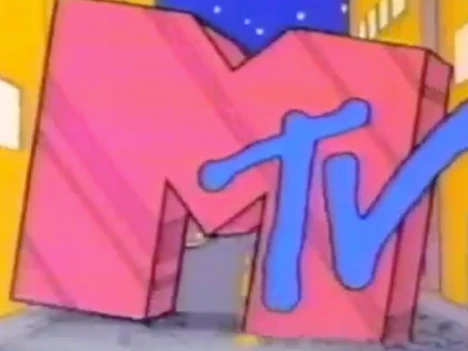
Published 01-07-2023
Keywords
- nostalgia,
- television,
- digital,
- archive,
- pop music
- deconstruction ...More
Copyright (c) 2024 SettingsJames Gabrillo

This work is licensed under a Creative Commons Attribution 4.0 International License.
Abstract
When MTV premiered on television in the summer of 1981, it embodied audio-visual novelty. The world’s first cable network, dedicated to all-day music video programming, screened and sounded a format of production and mode of consumption that offered stars and spectators a multi-layered portal of characters, narratives, and worlds of pop and culture. It proposed a language of pastiche, revelling in mashups of aesthetic, tonal, thematic, and sonic texts familiar and peculiar — heralding the raucous intertextuality and expressive interplay of sound and moving images in more recent mobile platforms and digital multimedia formats of entertainment, like the algorithmic chaos of streaming performances on social media. Nostalgic memory-making of MTV in academic scholarship and the popular press has often centered on the network’s portrayal as a cultural and institutional force of figures, phrases, and events that altogether form a web of networked systems.[1] But what would it mean to foreground MTV’s interludes — interruptive segments, unexpected segues, interstitial advertisements, and unintended broadcast mistakes — as forms of digital nostalgic meditation and mediation? Through the aid and accessibility of digital archives, we look back and excavate MTV as text and event to regard a sampling of its earliest broadcast anomalies as compelling nodes that realize aesthetic and narrative complexities specific to the network’s stylistic, symbolic, and institutional legacies.
